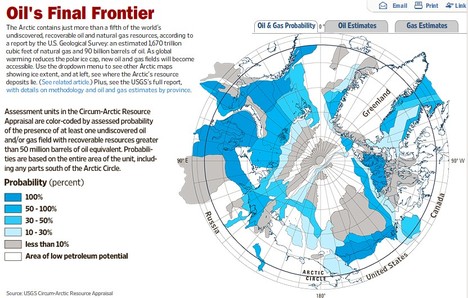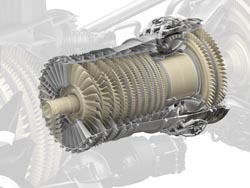As I think about the current financial crisis, I have been struck by the uncertainty among economists about what should be done. Many economists are silent. Those who speak, have offered very diverse opinions. And even among those who express opinions, there is a lack of confidence in their opinions.
Milton Friedman used to say that economists will be listened to when there is a crisis, and that economists need to be ready, as Friedman himself was with his floating exchange rate proposal. (Milton, we need you again.)
I believe that one lesson from the current crisis is that we need reform—reform of economists’ research priorities and methods. We should become more interested in policy relevance, history and institutions; and less interested in mathematical rigor.
We should avoid what Schumpeter called “the Ricardian Vice.” (Highly stylized, aggregated models, based on unrealistic simplifying assumptions, that are then blindly applied to policy decisions in the actual, richly “thick” world—see McCloskey’s essay on thick and thin methods in economics.)
We also should spend less time in studying cute, counter-intuitive results (“freakonomics”), and spend more time on the big issues.
We should be willing to suggest institutional reforms and experiments, and participate in experiments (natural and artificial) to see how they work. (Spontaneous order is nice when it happens, but entrepreneurial vision and initiative can improve the world too.)
Capitalism has produced huge gains in longevity and standards of living. Yet capitalism is in danger of being hobbled or destroyed.
Schumpeter warned of “the crumbling of the protecting walls.” We should have been better prepared to rebuild and defend them.
Note: The “Ricardian Vice” phrase is from Schumpeter’s History of Economic Analysis, p. 473; the “protecting walls” phrase is from Capitalism, Socialism and Democracy, p. 143.
The McCloskey essay mentioned is:
McCloskey, Deirdre. “Thick and Thin Methodologies in the History of Economic Thought.” In The Popperian Legacy in Economics, 245-57. Cambridge, UK: Cambridge University Press, 1988.

 Source of the graph: online version of the NYT article cited below.
Source of the graph: online version of the NYT article cited below.





